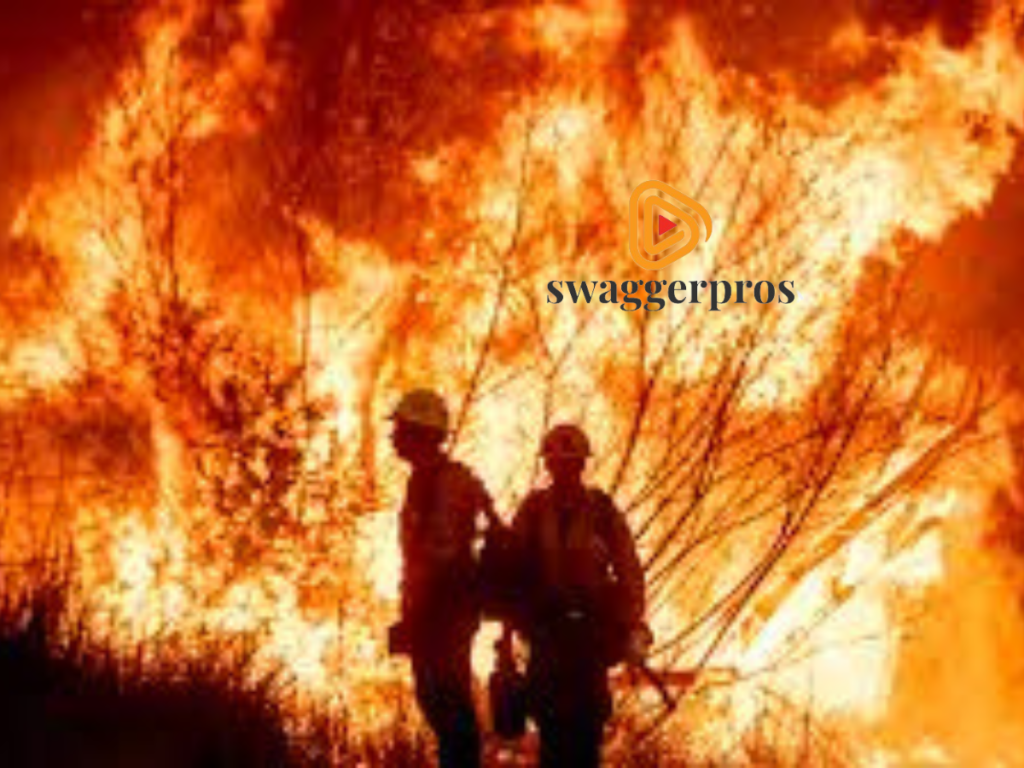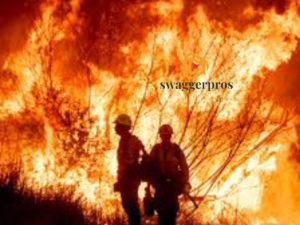
“Unstoppable Flames: The Devastation of Los Angeles Wildfires”
Introduction
Wildfires have become a recurring nightmare for Los Angeles County, leaving behind destruction and despair every year. With rising temperatures, prolonged droughts, and erratic winds, these wildfires are growing in intensity and frequency. This article dives into the causes, impact, and potential solutions to this devastating phenomenon.
What Causes Wildfires in Los Angeles?
Natural Causes
Los Angeles’ dry, Mediterranean-like climate makes it a wildfire hotspot. The lack of rainfall combined with long summers turns vegetation into tinder, ready to ignite with a spark. Add the infamous Santa Ana winds to the mix, and you have the perfect recipe for a wildfire to spread uncontrollably.
Human Activity
While nature plays its part, human actions are often the primary triggers. Careless activities like unattended campfires, discarded cigarettes, and even power line failures have led to devastating fires. In some cases, deliberate arson adds to the chaos.
The Scale of Destruction
Loss of Life and Property
Wildfires are indiscriminate in their destruction. Homes, businesses, and even entire neighborhoods have been reduced to ash. Tragically, lives are often lost as residents and firefighters struggle to escape or contain the flames.
Environmental Damage
The ecological impact of wildfires is immense. Entire habitats are destroyed, leaving wildlife displaced or dead. Once lush forests are transformed into barren, charred landscapes that may take decades to recover.
Economic Impact
The financial toll of wildfires is staggering. Billions of dollars are spent annually on firefighting efforts, rebuilding infrastructure, and providing aid to victims. Insurance costs also skyrocket, making recovery even more difficult for affected communities.
Areas Most Affected by the Wildfires
Urban vs. Rural Areas
The proximity of wildland to urban areas (known as the wildland-urban interface) often leads to severe damage in cities and suburbs.
Vulnerable Communities
Low-income communities face greater challenges in wildfire recovery due to limited resources and inadequate insurance coverage. These disparities make it harder for some to rebuild their lives.
How Do Wildfires Spread So Quickly?
Role of Santa Ana Winds
The Santa Ana winds are a key driver of wildfire spread in Southern California. These strong, dry winds can carry embers for miles, igniting new fires far from the original source.
Flammable Vegetation
California’s native vegetation, like chaparral and dry grasses, is highly flammable. Once ignited, these plants burn rapidly, fueling the wildfire’s spread.
Lack of Preventative Measures
Inadequate firebreaks, poor forest management, and unprepared communities further contribute to the rapid escalation of wildfires.
Response and Efforts to Combat Wildfires
Emergency Services
Firefighters in Los Angeles face immense challenges during wildfire season. Despite their bravery and expertise, the sheer scale of some fires often overwhelms available resources.
Community Response
Residents play a critical role in wildfire response, whether through quick evacuations, volunteer efforts, or offering aid to neighbors in need. Community solidarity often shines brightest in times of crisis.
Long-Term Consequences of Wildfires
Environmental Impact
Beyond immediate destruction, wildfires leave long-term scars on the environment. Soil erosion, degraded water quality, and persistent air pollution are just a few of the lasting effects.
Health Issues
The smoke and ash from wildfires pose serious health risks, especially for those with respiratory conditions. Stress and trauma from losing homes or loved ones can also lead to mental health struggles.
Economic Recovery
Rebuilding after a wildfire is a slow and expensive process. Many families struggle to regain stability, especially those without adequate insurance coverage.
Preventing Future Wildfires
Government Initiatives
Policymakers in California are working to pass stricter fire safety regulations, including controlled burns, improved building codes, and stricter penalties for arson.
Community Awareness
Educating residents about wildfire risks and preparedness is key. Simple steps like creating defensible spaces around homes and having evacuation plans can make a significant difference.
Role of Technology
Technological advancements like drones, satellite monitoring, and AI are being used to predict and manage wildfires more effectively.
Stories of Hope and Resilience
Heroic Firefighters
Amid the destruction, countless stories emerge of firefighters risking their lives to save others. Their courage is a reminder of humanity’s strength in the face of adversity.
Community Solidarity
From organizing relief drives to offering shelter, the people of Los Angeles come together after each wildfire, proving that hope and resilience can thrive even in the darkest times.
The Role of Climate Change
Global Warming and Its Impact
Climate change is exacerbating wildfire conditions. Rising temperatures, prolonged droughts, and unpredictable weather patterns all contribute to more frequent and severe fires.
How Changing Climate Patterns Contribute to Wildfires
Warmer weather means drier vegetation, which increases the likelihood of ignition. Additionally, climate change fuels stronger winds and other conditions that help fires spread.
Call to Action
Importance of Preparedness
Being prepared for wildfires can save lives. Communities must invest in fire-resistant infrastructure, early warning systems, and effective evacuation plans.
Supporting Wildfire Relief Efforts
Donating to relief organizations, volunteering, and spreading awareness are just a few ways you can help wildfire victims rebuild their lives.
Conclusion
The wildfires in Los Angeles are a stark reminder of the challenges posed by climate change and human negligence. While the devastation is immense, there is hope in the resilience of people and the progress being made to prevent future disasters. By coming together, we can work towards a safer and more sustainable future.





